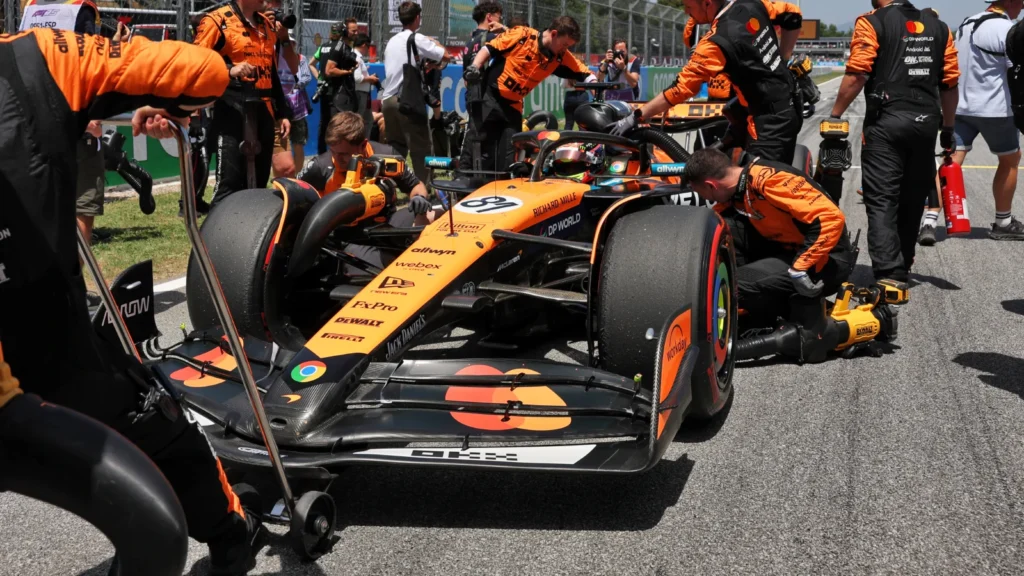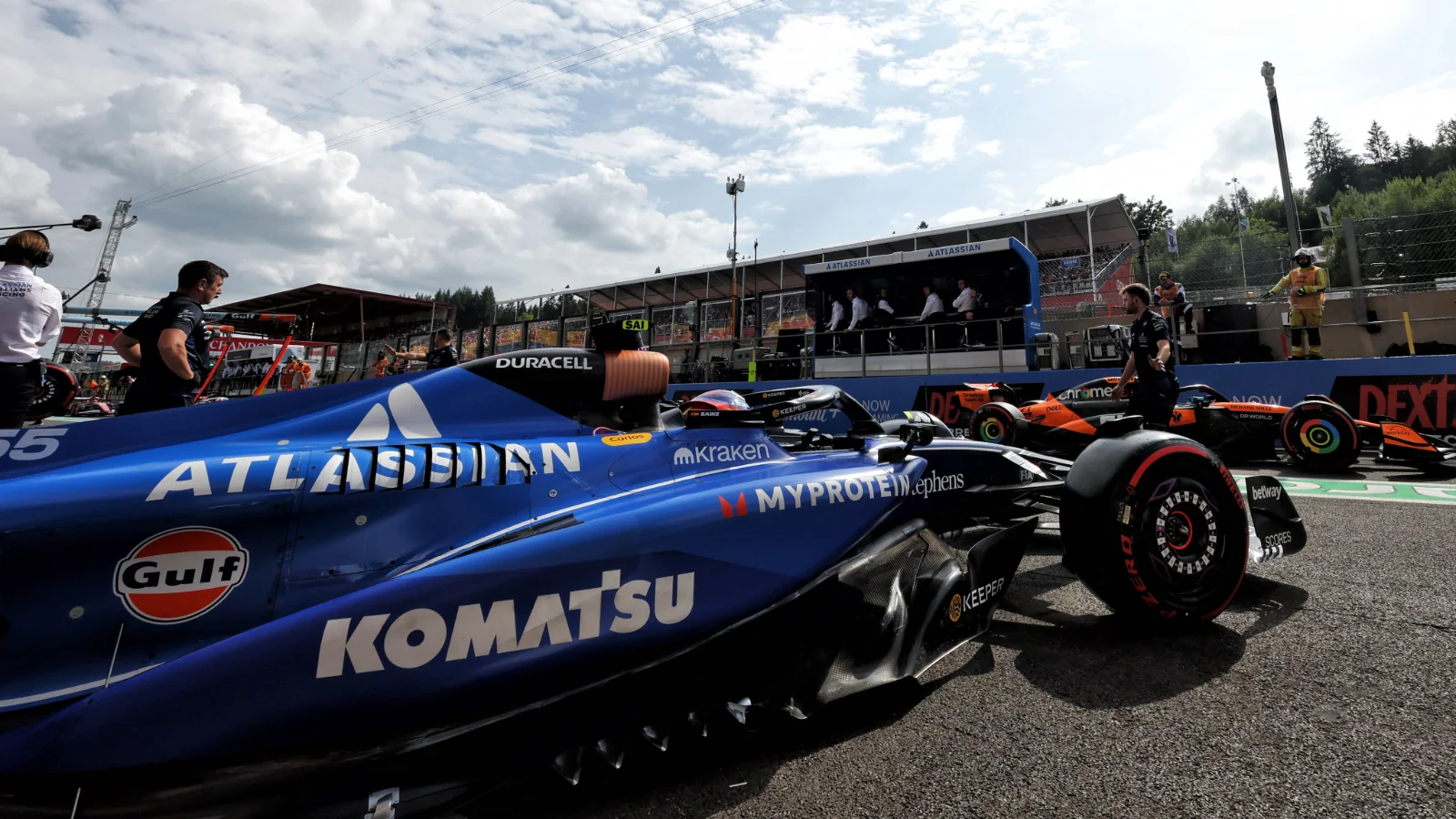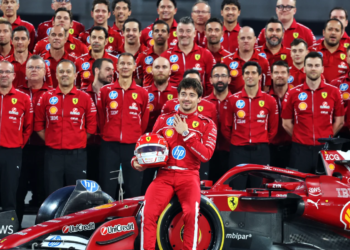Williams boss James Vowles admitted he is impressed by how McLaren has managed to dominate in Formula 1, despite the team’s aerodynamic testing restrictions.
Having won the Constructors’ title in 2024, McLaren has thrashed the competition with 11 victories in 14 races to open up a bordering on unassailable 299-point lead.
The Woking-based squad has consolidated the advantage it has harboured since the season began with recent updates, taking 1-2 finishes in the previous four races.
That has transpired even though McLaren’s status as reigning champions entitles the team to less wind tunnel time than its rivals, in line with the sport’s sliding scale.
Vowles, who is aiming to guide Williams back to the sharp end, has expressed his admiration towards how McLaren has dealt with such limitations to retain the edge.
Asked whether Williams’ four-place climb to fifth this season has caused the team to alter its plans, Vowles told media including Motorsport Week: “No. It doesn’t do that so much.
“Even before that kicked in, our Head of Aero, Adam Kenyon, was really good at getting the team completely understanding what the impact of it would be.
“And what the main impact is, is you do have, of course, reduced wind tunnel time, but you can be more efficient in the experiments that you’re doing.
“So actually, it’s an efficiency push that took place. And it focuses you.
“I think for transparency, I don’t think it’s too bad from where we were to fifth.
“I think it gets very difficult when you’re championship leading, which is why McLaren are very impressive.”

How McLaren has built commanding advantage
An instrumental aspect behind McLaren’s remarkable rise has been how the side has managed to avoid the development setbacks that have thwarted the opposition.
McLaren boss Andrea Stella is adamant that pattern has not been a coincidence, though, and is down to the collective attention on maximising the team’s correlation.
“This trend that we have been able to establish, whereby developments – being them from a mechanical point of view, but above all aerodynamic – have been successful, is the result of many factors,” Stella explained.
“There’s not much in Formula 1 [a] fundamental for success that is a magic bullet. It’s really the result of working on the fundamentals.
“The fundamentals don’t only involve the capacity to generate ideas, to create the next geometry for a floor or a front wing, but they also involve understanding the methodologies you use for this development and understanding when these methodologies will be not only effective in being innovative but also in giving you the confidence that what you have achieved in development in the wind tunnel or CFD will actually transfer into something that works trackside.
“This is part of generating the know-how as a team, which in itself is a very simple statement— ‘Let’s generate the know-how to have the best correlation’ – but in reality, is possibly one of the most complicated battlegrounds for any Formula 1 team. We have invested a lot from this point of view.
“I have to praise the quality of the people because even if we talk methodologies, they are always led by people.
“I have been very lucky that I could lean on very competent leaders and a very talented team.”
READ MORE – Why McLaren envisages renewed Ferrari F1 challenge across remaining 2025 races










Discussion about this post